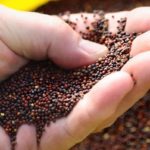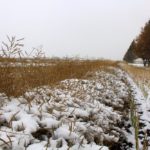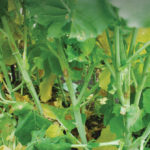Have a targeted plant population in mind for this season? Remember that several post-seeding stresses, including cool temperatures (frost), weeds, moisture and insects, might keep your plant stand from fully establishing. And while some of these issues, like weather, may be beyond your control, insect and disease pressure can be managed with the right seed […] Read more












